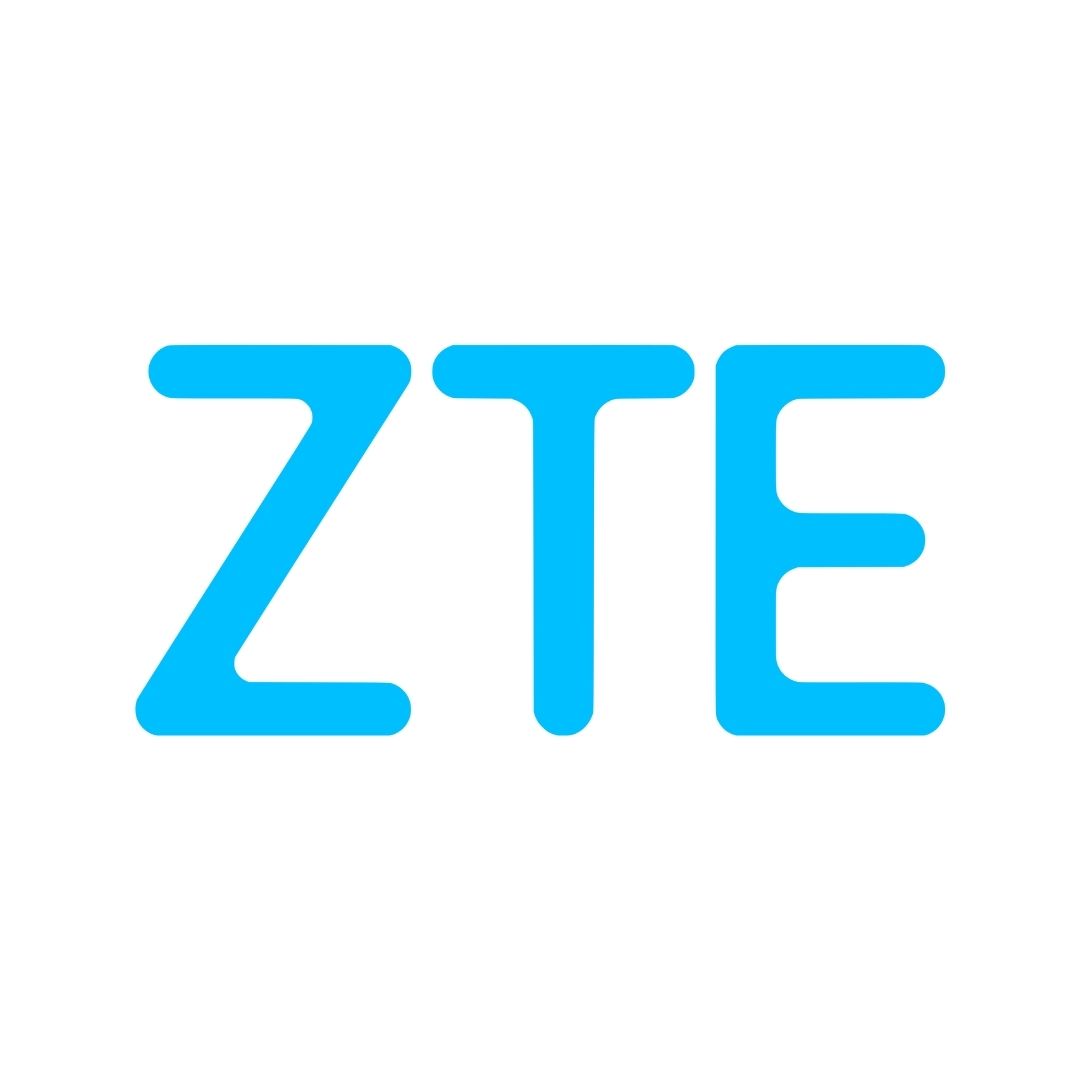A new network takes several years to develop. For instance, while 4G was available to the general public in 2009, 5G wasn’t introduced until 2019. The development of mobile networks actually requires collaboration between several companies. A mobile network’s leading technology comes primarily from the United States, China, or Europe. To build the next generation mobile network more quickly, businesses from these areas must join in. But everyone is aware of what transpired with the 5G network. The United States did not find it “funny” that China took the lead. In the past, former President Trump freely vented his rage at American businesses for not doing enough. There will be a pause in collaboration in some areas as a result of the U.S. ban on several Chinese enterprises.
Most American and even European businesses are unable to cooperate or exchange ideas with Chinese businesses. This is as a result of the ban. They must therefore perform independent work. As a result, the creation of the 6G network might require more time. But with the 6G network, China is once again in the lead, just like with 5G. A concept sample test of 6G key tech was organised by the IMT-2030 (6G) Promotion Group under the direction of the MIIT.
ZTE actively participated in the 6G group’s completion of a number of tasks throughout the test. It participated in the investigation and study of 6G-related technology.
Additionally, the corporation put a lot of human and material resources into this test. It includes 6G distributed autonomous network and digital twin network concept sample, computing power network key tech concept sample, terahertz key tech concept sample, communication perception integration key tech concept sample, intelligent metasurface tech concept sample.
In the testing, the organisation had excellent results. Additionally, pertinent technological indicators show effective operations and performance. ZTE’s network sample was connected to the network planning scenario verification system during the testing of the 6G distributed autonomous network and digital twin network concept sample. It finished the entire voice and text verification process. The access network digital twin network capacity test was passed by the twin sample. The access network’s digital twin network resemblance test was likewise successful. It also passed the evaluation of the digital twin network prediction capability for access networks.
The ZTE sample successfully completed the testing of the core technological idea of the 6G computing power network. Additionally, it completes the tests for the computational power and routing function in a bearer network setting built on the SRv6 architecture. The outcomes demonstrate that the business performed well in the computing network insight function test. The ZTE solution offers real-time visibility into network data like connectivity, latency, and flow rate. Additionally, it enables data on processing power like CPU and memory occupancy rates. It offers real-time computing power schedules and network path selection capacity for strategy in the computing power routing function test.
ZTE uses an electronic THz system sample that can handle 2 x 2 MIMO in the 6G terahertz (THz) key tech concept sample test. It offers outside long distance transmission for real-time communication. The spectral efficiency is also greater than 7bit/s/Hz.
ZTE implemented a millimeter-wave synesthesia-computing-control integrated sample device in the sample test of the core technological idea of 6G communication-sensing integration. While sensing and receiving were separated by many antenna panels in the AAU, it only employs one AAU. The communication terminal transmitted the signals it had individually received while it was detecting. Among them, the accuracy of the distance can be measured to the decimeter. Additionally, it can successfully position and track UAVs across a distance of 1 km.
ZTE sample realised the coordination between the base station and RIS in the sample test of the 6G smart metasurface technology concept. Additionally, the controllability of the beam is achieved. The measured point has increased when RIS is turned on compared to when it is not turned on, and it can now reach a maximum of 30dB.
While Europe and the United States continue to spend, China is already testing 6G critical tech prototypes. According to recent reports, Ericsson will spend millions of pounds on UK 6G network research. Additionally, the business will collaborate with numerous colleges in the fields of quantum computing, cognitive networks, and hardware security. One of the pioneers in mobile network technology is Ericsson. The United States went to Nokia and Ericsson after dumping Chinese companies.
Katherine Ainley, chief executive of Ericsson UK and Ireland, said… “We will establish a team of 20 high level researchers in the UK, and will also provide funding for students. The initial focus will be on 6G network and hardware security”.
ZTE sample realised the coordination between the base station and RIS in the sample test of the 6G smart metasurface technology concept. Additionally, the controllability of the beam is achieved. The measured point has increased when RIS is turned on compared to when it is not turned on, and it can now reach a maximum of 30dB.
While Europe and the United States continue to spend, China is already testing 6G critical tech prototypes. According to recent reports, Ericsson will spend millions of pounds on UK 6G network research. Additionally, the business will collaborate with numerous colleges in the fields of quantum computing, cognitive networks, and hardware security. One of the pioneers in mobile network technology is Ericsson. The United States went to Nokia and Ericsson after dumping Chinese companies.









